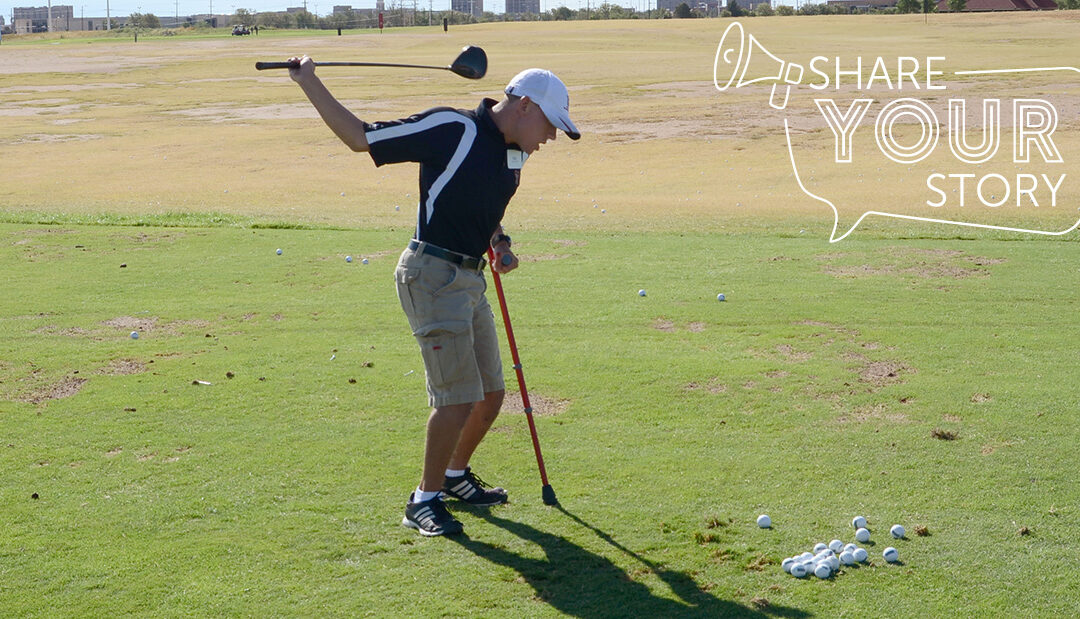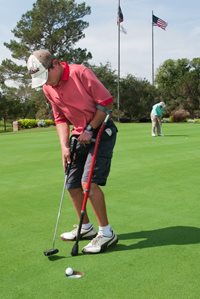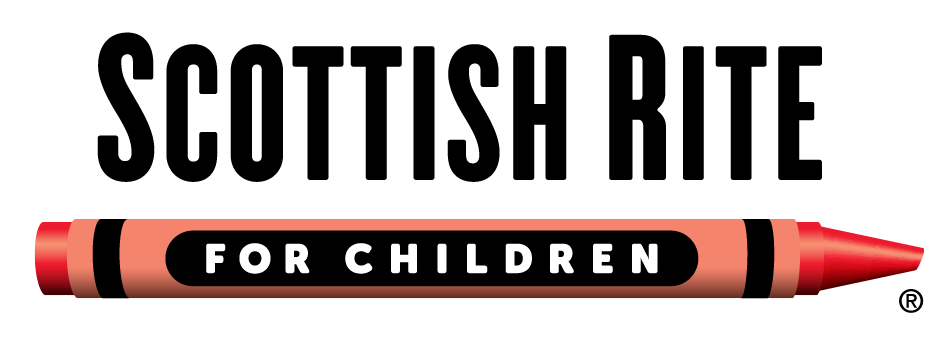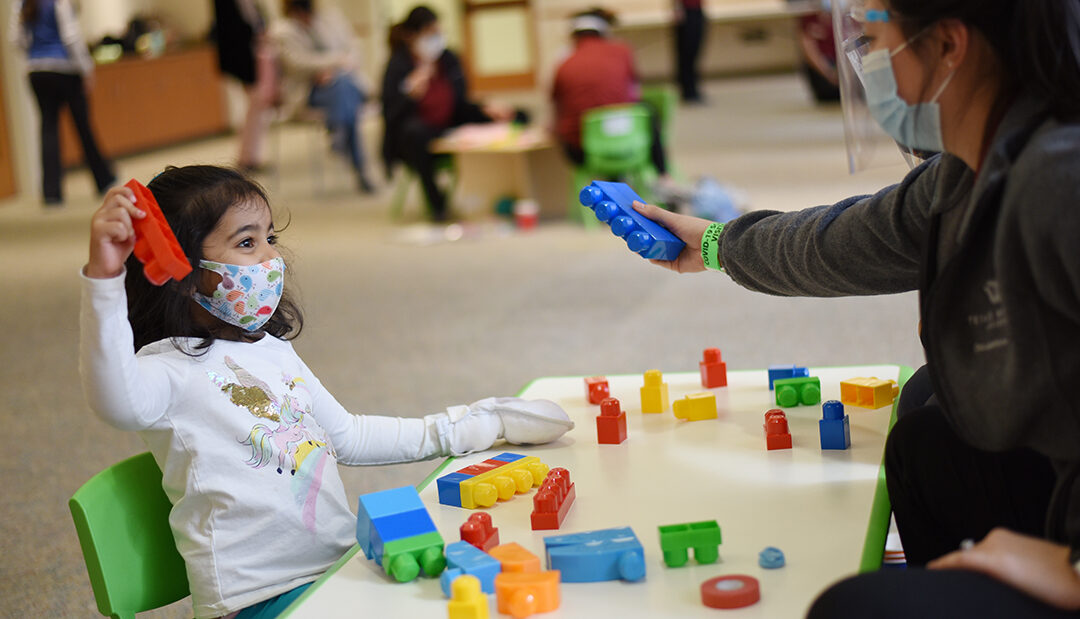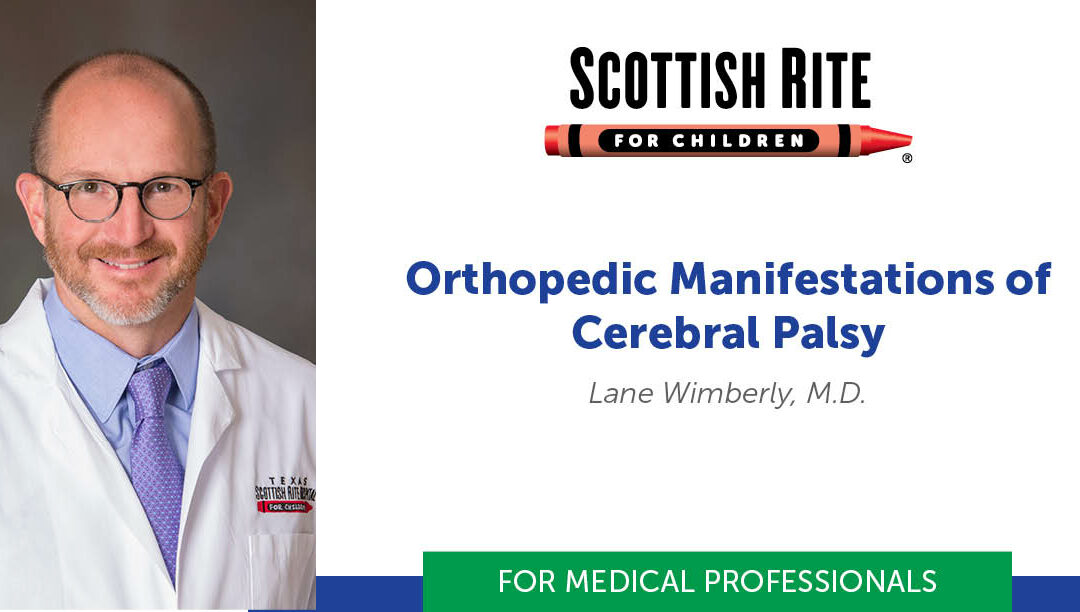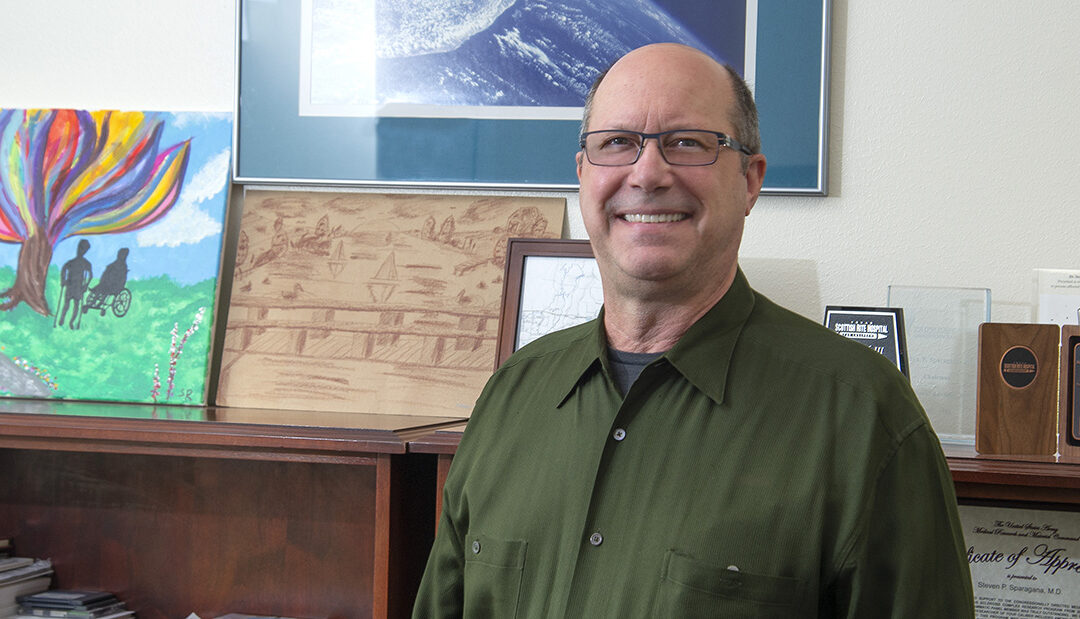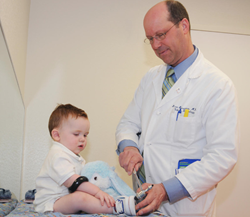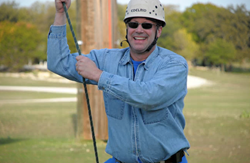Content included below was presented at the 2021 Pediatric Orthopedic Education Symposium by pediatric orthopedic surgeon Lane Wimberly, M.D.
Watch the full lecture or download this summary.
At Scottish Rite for Children, we have a multidisciplinary team dedicated to providing excellent care to children with cerebral palsy (CP) through an interdisciplinary approach with evaluation, treatment, and support of the families throughout their childhood. We provide services grounded in evidence-based interventions, employing standardized practices to best demonstrate treatment outcomes for orthopedic and neuro-developmental conditions, including neuromuscular scoliosis, hip subluxation, spasticity, and associated co-morbidities.
With the multidisciplinary approach at Scottish Rite, orthopedic surgery, neurology, pediatric development medicine, movement, orthotics, physical therapy, occupational therapy, science, neurosurgery, psychology, and nutrition experts all work together to determine each patient’s treatment plan.
Cerebral Palsy and Orthopedic Surgery
With this population, it is important to communicate realistic goals and expectations to the patient and family. Surgical recovery may be prolonged—6 to 12 months in some cases – before patients have regained their preoperative strength and functional abilities. Many patients will require new approaches to care and new equipment, like seating systems.
The Scottish Rite utilizes mutual decision making, meaning patients, parents, surgeons, and the rest of the care team work together to make decisions about an appropriate treatment plan for the child, especially when discussing surgery. With these medically complex patients, there are greater risks of surgical complications, which orthopedic surgeons discuss with the patient and the family as part of the decision-making process. Our team helps families cope with the best and less optimal outcomes to ensure the best care for the child.
Gross Motor Function Classification System (GMFCS)
The GMFCS allows physicians to guide treatment and expectations. This standardized tool helps to classify the function of the child on a scale of 1 to 5 depending on their functional level.
- Level 1 = the child is physically active with a slightly noticeable difference.
- Level 5 = the child is in a wheelchair and requires assistance with all activities and daily living.
There may be some subtle changes as the child grows and ages, but it is very hard for a child to change one level. Most children achieve their optimum level by age 5 or 6. Children with lesser functional abilities often have a decline in their functional abilities as they age. As the child grows and gets heavier, the inherent weakness with their muscular disorders becomes more apparent, and they may need more assistance.
GMFCS Guide to Surgery
Surgery is optimally offered between 7 and 11 years of age. At this age, recovery is typically easier on the patient and family, and it has shown to be the window to obtain maximum benefit. In addition, contractures at that point are usually becoming less amenable to non-operative treatments.
- Surgical goals for patients at GMFCS levels 1,2 & 3
- Maintain function
- Maintain ambulation
- Prevent contractures
- Prevent pain
- Maybe increase function
- Surgical goals for patients at GMFCS levels 4 & 5
- Prevent pain
- Allow ease of care
- Maintain range of motion
- Improve sitting tolerance or balance
- Improve foot positioning
- Unlikely to improve ambulation
- May prolong standing tolerance or transfers
Orthopedic and Neuro-developmental Conditions Associated with Cerebral Palsy
Neuromuscular Scoliosis
In periadolescent patients, neuromuscular scoliosis is usually managed with a spinal fusion and implants. The goal of this surgery is to prevent curve progression while improving sitting balance and providing a better seated position.
- Refer for pediatric orthopedic care if the patient develops:
- an obvious increase in stiffness of the back.
- an altered seating posture.
- a persistent leaning to one side.
- pelvic asymmetry.
Neuromuscular Hip Dysplasia
Children with cerebral palsy are typically born with normally developed and positioned hips. Over time, excessive linear and rotational muscle forces affect the growth of the femur and pelvis which may cause the hip to dislocate. The likelihood of neuromuscular hip dysplasia is directly related to the patient’s functional ability – a child with a higher GMFCS level has a higher risk. There is little documented benefit to bracing, Botox injections, or physical therapy for treating neuromuscular hip dysplasia. Surgery is recommended to treat this condition.
- Early referral and close monitoring can improve surgical outcomes when it becomes necessary. Current guidelines include:
- Initial assessment at age 2.
- A supine pelvis X-ray for baseline.
- Further imaging is based on the patient’s functional level, exam and prior radiographs.
- Being seen relatively early is most important for non-ambulatory children.
Knee Contractures
Hamstring spasticity can cause knee contractures, which lead to a crouched gait position and challenges with transfers and other care. This can become very taxing as the child moves. Sometimes early muscle releases can prevent or reduce contractures.
- Refer for pediatric orthopedic care if the patient develops:
- Asymmetry in knee extension range of motion.
- Contractures or intolerance to stretching or positioning to prevent knee flexion contractures.
- Crouched gait or difficulty with ambulation or sitting.
Foot and Ankle Deformities
The foot and ankle are very flexible in children. When they are flexible, braces can be used. Over time, the foot tends to become more stiff, resulting in bony changes that make bracing difficult and less tolerated. Toe walking is the most common orthopedic manifestation of cerebral palsy, due to an Achilles tendon contracture.
When treating foot and ankle deformities, the goal is for the patient to have a flat, braceable, shoable, flexible, and pain-free foot. The goals may differ depending on the age, GMFCS level, and stiffness of the patient.
- Refer for pediatric orthopedic care if:
- bracing is not tolerated.
- contractures develop.
- foot position is changing.
- shoe wear difficulties are apparent.
Are you interested in learning more? Visit our on-demand page for more educational opportunities available for medical professionals.
